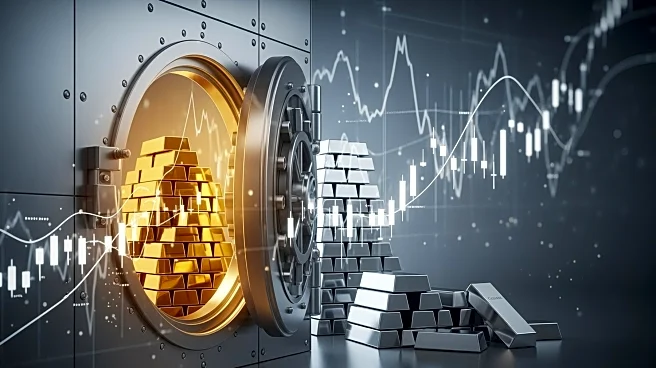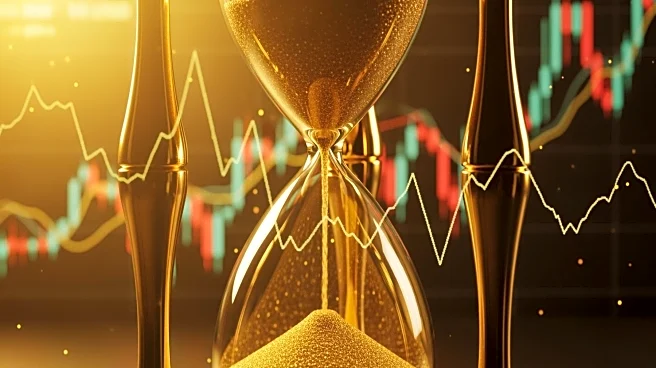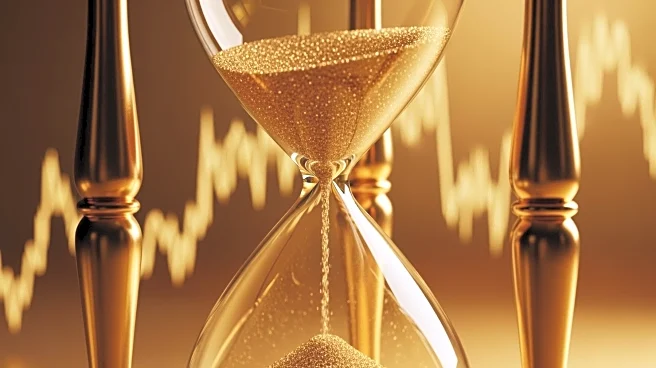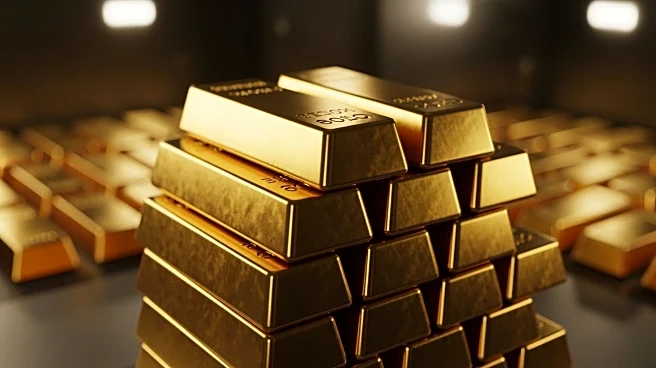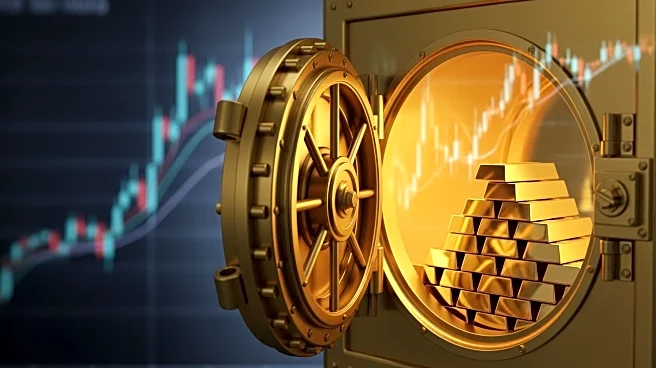What's Happening?
Silver prices have soared past $50 per ounce, reaching an all-time high of approximately $54.50 before settling around $51-$52. This marks a significant increase of about 70% year-to-date, driven by a combination of geopolitical tensions, inflation fears,
and expectations of further interest rate cuts by the U.S. Federal Reserve. The surge in silver prices has been fueled by safe-haven demand, booming industrial demand, and tight supply conditions. Silver-linked investments, including physical silver ETFs and mining stocks, have also seen substantial gains, with some leveraged funds more than doubling in value.
Why It's Important?
The dramatic rise in silver prices highlights the metal's dual role as both a safe-haven asset and an industrial commodity. The increase reflects broader economic concerns, including inflation and geopolitical instability, which have driven investors to seek refuge in precious metals. The surge in silver prices has significant implications for investors and industries reliant on silver, such as electronics and renewable energy. However, the volatility in silver prices also poses risks, as rapid price changes can lead to significant financial losses for investors and companies involved in silver production and trading.
What's Next?
Analysts are divided on the future trajectory of silver prices. While some expect continued volatility around the $50 level, others remain optimistic about the metal's long-term prospects. Factors such as ongoing geopolitical tensions, inflationary pressures, and industrial demand will continue to influence silver prices. The U.S. Federal Reserve's monetary policy decisions, particularly regarding interest rates, will also play a crucial role in shaping the market outlook. Investors and market participants will be closely monitoring these developments to assess potential opportunities and risks in the silver market.


